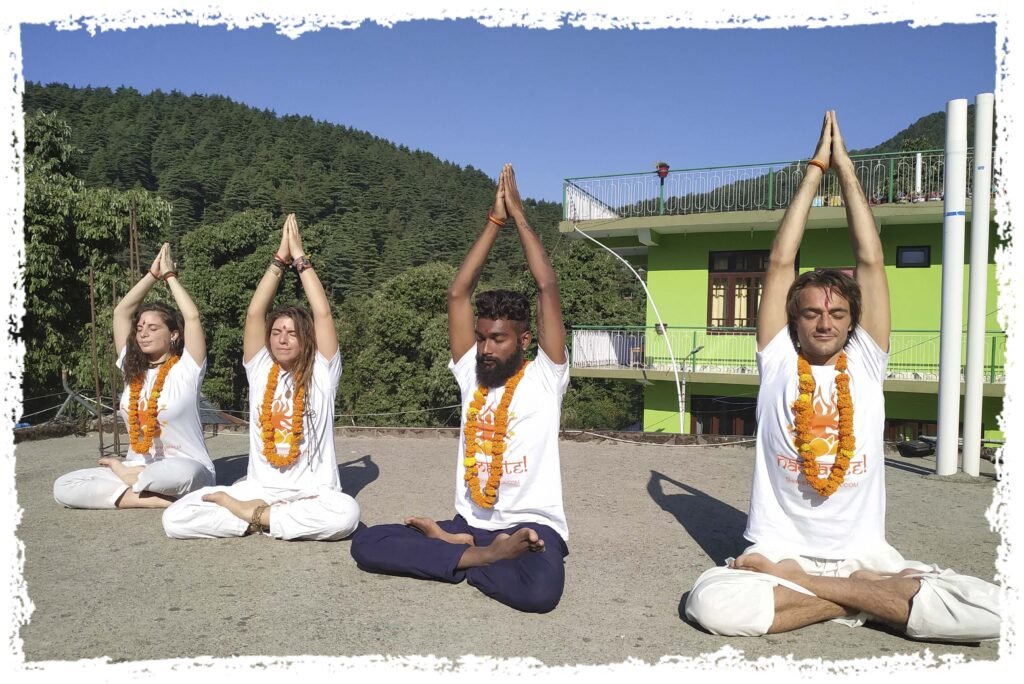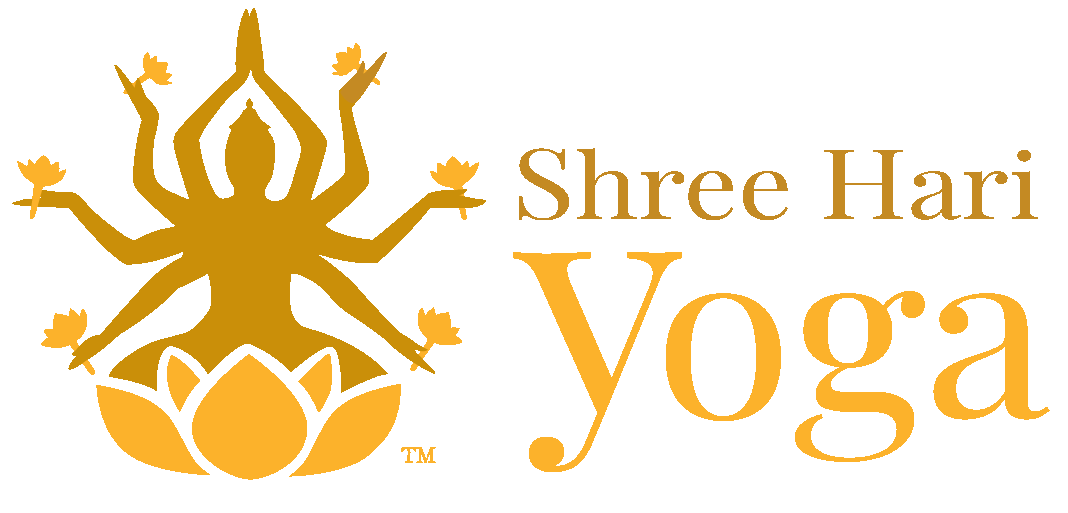
Ashtanga Yoga is also called, the yoga of the eight limbs. ‘Ashta’ means eight and ‘Anga’ means limbs. The process is quite elaborate with practitioners having to follow the eight steps to attain a universal consciousness. It finds mention in Patanjali’s Yoga Sutras. So, you should make it your guide, while embracing Ashtanga Yoga.
You have to delve deep into the realm of Ashtanga, to more about it. Read about the basics first.
What is It All About?
If you want to dive deep into the ocean of Ashtanga, then it is mandatory to learn the various asanas. This is one form of yoga, which many yogis have combined their own styles with. Take the example of Pattabhi Jois, Sharath Jois, and so on. To make matters simple for all, Ashtanga consists of six series, the primary series, intermediate series, and the advanced ones. No matter which one you are into, you have to start your practice with the Surya Namaskara.
The primary series is addressed as Yoga Chikitsa. It also means Yoga Therapy, in western language. The actions that you engage in, have a cleansing as well as toning effect on the body. If you speak on a more physical level, the primary series is built on strength and flexibility of the body. It also helps to tighten the loose parts of the body and lends flexibility to the stiff ones. You generally have to start the series with forward bends, contortions, and openers. There is a Vinyasa pose between each asana. It is a mental practice as well. You can bring about changes in your mental well-being, with such practice. On an astral level, the primary series also positively affects the nadis, like the Sushumna Nadi, Ida Nadi, and the Pingala Nadi.
The secondary series is dedicated to Nadi Shodhana. It means the cleansing of the nerves. That is why, you will be doing more of backbends in this series. As you perform the backbend yoga poses, the spine will become flexible. And, the ‘Prana’ can flow freely. Each one of the poses that you perform in both series, can affect the physical, mental, emotional, and spiritual body positively. Moreover, you can call the process dynamic at its best. Therefore, you must close both series with the Corpse pose or Shavasana.
Navigating From The Primary To The Secondary
The primary Ashtanga series is quite challenging in itself. Many yogis stick to the practice and betterment of this series, and then move onto the next. The guru or the teacher who will be guiding you through this journey will be the best one to tell you, when to navigate. However, there may be many of you out there, who may not be practicing under the guidance of a guru or a teacher. You may not know, when the right time is.
However, one of the gurus is of the opinion, that there is no right time at all. It is about how you approach each pose. There should be some room for learning at all times. You do not need to reach perfection at any stage. If you become perfect fast, you will be considering yourself as the best. And that is not something very good for you, in the long run. No matter, what stage you are practicing, you have to keep in mind to practice with awareness.
Practicing the Ashtanga Form
If you are wondering, how you start the series, then read on. You have to start every sequence in the Ashtanga form, with the opening chant. The teacher generally guides you through this. The teacher recites the mantra and you have to follow it. The opening mantra is a sort of blessing from all the gurus of the lineage.
You have to start the actual practice with two sun salutations. Ujjayi breath will act as your guiding force in each case. After you have done the two sun salutations, you have to start with the standing poses. There are thirteen standing poses in this form of yoga, which you have to hold for five breath counts each. Your balance and alignment gets addressed as a part of the practice. After you are done with the standing poses, you can get on with the seated poses. The main thing about your practice, is that you have to be proficient in breathing, and also gaze at the right point, throughout your practice. You can end with inversions and finally the corpse posture; or the Shavasana.
Next comes the Nadi Shodhana series or the secondary series. After you have got your body cleansed of all the impurities, it is time to get the Nadis cleansed. If all the Nadis or the energy channels of the body are clear, the sympathetic and parasympathetic nervous systems can function clearly. The secondary series focuses more on the backbends, inversions and hip openers. When you are proficient enough in your practice, you can aim for the higher forms, like yama and niyama.
The second series also begins with two Sun Salutations. Then you have to start it with standing asanas and close it with Shavasana.
You should also know about the potential benefits of Ashtanga Yoga. They are:
- It has the power to calm the body, by controlling the movements, breathing and gaze all at once. It also increases confidence. You will be able to control your heart rate as well.
- It also improves the overall well-being of any person. You will find yourself in a happier space.
- The practice of this yoga form, also strengthens the muscles.
- You will be more mindful of what you are eating. So, you will also get fitter, from the consumption of lesser calories.
- It can also ease out various pains from the body. They may be due to any injury or chronic pain.
Overall, the Ashtanga form is a dynamic form of yoga, which uses breathing techniques, asanas and gaze, all at once. A 90-minute class of Ashtanga requires a huge dedication on your part. So, you have to immerse yourself in its practice, in totality.
